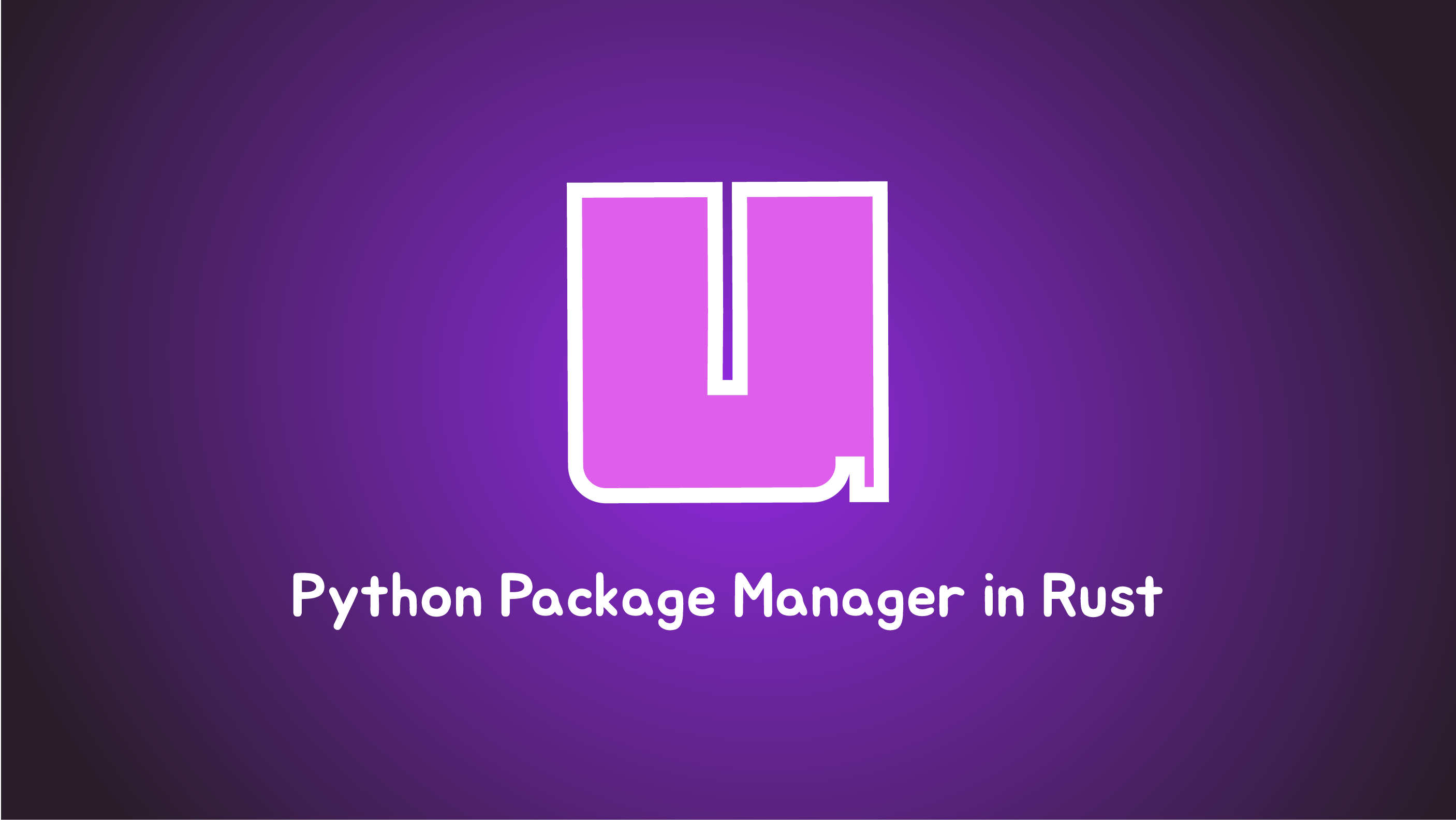UV Python Package Manager
UV in Python
What is UV?
UV is a Rust-based Python tool that manages virtual environments, dependencies, running scripts, building packages, and more, all with one fast command-line interface. It automates creation of virtual environments and installs dependencies quickly using a lockfile (uv.lock) for reproducibility.
Installation
1
curl -LsSf https://astral.sh/uv/install.sh | sh
reference link:
https://docs.astral.sh/uv/getting-started/installation/
Step 1: Creating a New Python Project
Create a new project directory and navigate into it:
1
mkdir my_uv_project cd my_uv_project
Initialize your project and manage dependencies in one tool using UV commands. UV uses a pyproject.toml file to list dependencies.
Step 2: Add Dependencies
Add dependencies through UV easily. For example, to add requests:
1
uv add requests
This updates pyproject.toml and creates/updates uv.lock with exact versions for reproducibility.
Step 3: Activating the Virtual Environment
UV automatically creates and manages the virtual environment, so no manual activation is required. When you run your Python scripts via UV, it will use the correct environment.
Step 4: Running Scripts
Run your project scripts directly with UV. Suppose you have a main.py file:
1
uv run main.py
UV will automatically create a virtual environment if needed, install dependencies, and run the script.
Step 5: Synchronizing Environments
If you clone a project or share it, simply synchronize the environment:
1
uv sync
This installs exact dependencies from uv.lock to recreate the environment consistently on any machine.
Example main.py (Simple CLI App)
Here’s a sample Python program using requests for demonstration:
1
2
3
4
5
6
7
8
9
10
11
12
13
import requests
def get_breeds_info():
response = requests.get("https://api.thecatapi.com/v1/breeds")
response.raise_for_status()
return response.json()
def main():
breeds = get_breeds_info()
print(f"Number of cat breeds: {len(breeds)}")
if __name__ == "__main__":
main()
Run this with:
1
uv run main.py
Managing dependencies
- To migrate existing dependencies from a
requirements.txtfile:
1
uv add -r requirements.txt
- Removing Dependencies
Remove a package with:
1
uv remove requests
This updates pyproject.toml and uv.lock.
The package will be uninstalled from the environment when you run uv sync or the next command that installs dependencies.
- Upgrading Dependencies
Upgrade a specific package:
1
uv lock --upgrade-package requests
This upgrades the package to the latest compatible version according to your version constraints.
Run uv sync to install the updated packages.
To upgrade all packages according to constraints:
1
uv lock --upgrade uv sync
- Installing & Syncing Dependencies
To install all declared dependencies and create or update your virtual environment:
1
uv sync
Downloads and installs all dependencies exactly as specified in uv.lock.
Ensures your local environment matches the project files.
You can also run scripts with environment setup automatically:
1
uv run main.py
How uv Manages Dependencies Internally
pyproject.toml— Declares your project dependencies with version constraints.uv.lock— Records exact versions for reproducibility and manages both direct and transitive dependencies.- uv commands automatically keep these files updated to ensure consistent environments across machines.
Summary of Key Commands
| Action | Command | Description |
|---|---|---|
| Add a dependency | uv add <package> | Adds, installs, and updates dependency files |
| Remove a dependency | uv remove <package> | Removes package and updates dependency files |
| Upgrade a package | uv lock --upgrade-package <pkg> | Upgrades single package to latest compatible version |
| Upgrade all | uv lock --upgrade + uv sync | Upgrades all dependencies |
| Install dependencies | uv sync | Installs all dependencies & creates virtual environment |
| Run with env | uv run <script> | Runs script with environment automatically set up |
